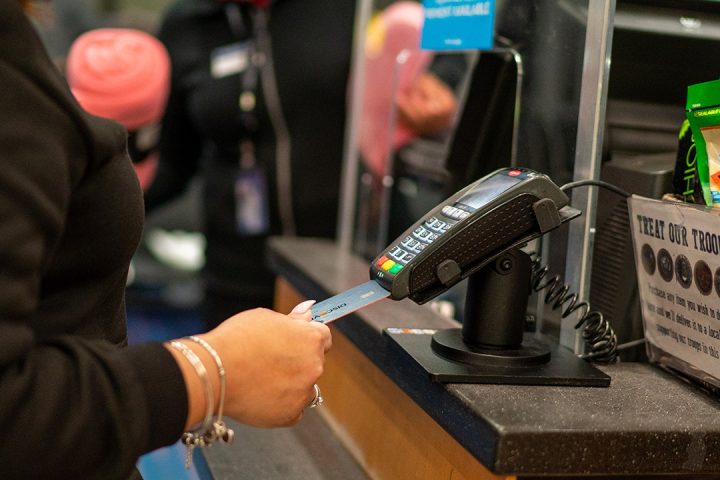Consumers are still hungry for credit, but they’re holding off on getting new credit cards. The result? They’re spending more on their existing accounts.
Average credit-card balances were up 11% in the third quarter compared to the previous year, reaching $6,088, according to the latest report from TransUnion. That’s the highest average balance on record in the past decade, TransUnion said.
“Even though there’s been a bit of a dip in terms of origination and consumers opening new credit-card accounts, they are using the accounts that they already have to a greater degree,” said Charlie Wise, senior vice president of global research and consulting at TransUnion.
The average balance for unsecured personal loans per consumer increased to $11,700, rising close to 9% compared to a year ago. Borrowers at all risk levels, ranging from those with low credit scores to those with higher credit scores, saw their balances increase, according to TransUnion.
Aggregate credit-card balances were up 15% in the third quarter compared to the previous year, reaching $995 billion. Mortgage balances were up 3.2% to $11.8 trillion and auto-loan balances were up 5.2% to $1.6 trillion. Unsecured personal loans surged 14.8% in the third quarter compared to a year ago, reaching $241 billion, according to TransUnion.
Despite the increase in balances, the overall number of newly opened credit accounts was slightly down compared to a year ago, led by a 37% decline in mortgage originations, to 1.2 million in the second quarter of 2023. TransUnion’s origination data is one quarter behind the balance data. There were 3.8% fewer newly opened credit-card accounts in the second quarter compared to a year ago, 8.7% fewer new auto loans and 14.5% fewer unsecured personal loans.
“[It] basically indicates to us that consumers are continuing to be hungry for credit, particularly credit that provides some access to liquidity for everyday purchases for whatever they may need,” Wise told MarketWatch.
The trend is also likely a reflection of lenders’ tightening standards, the credit bureau said in the statement. The overall distribution of new borrowers has shifted toward super-prime borrowers, according to TransUnion, which are people who have credit scores higher than 781.
Banks such as Wells Fargo have mentioned in recent earnings calls that they’ve been raising lending standards for consumers with lower credit scores. Wells Fargo did not immediately respond to MarketWatch’s request to comment.
Recent economic reports show that consumer spending is strong, but some economists have warned that the robust spending picture might not last because of pressures on household budgets. Real income growth is declining, while high inflation and high interest rates continue to impact households on a daily basis and make many rely on their savings to spend.
But high-income, high-credit-score individuals are continuing to use their credit cards to pay for services such as traveling, and there is still “lots of pent-up demand”, Wise said. Those individuals typically do not carry credit-card balances month to month and therefore, are “ice-insulated” from having to worry about higher interest rates, he said. But because of inflation, those individuals might also be paying more of their paycheck toward rent and other necessities, and are trading down on store-bought items, he said.
Read the full article here






